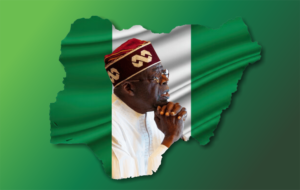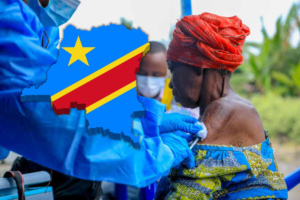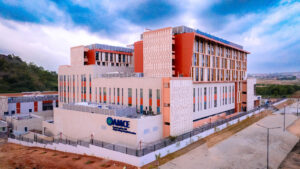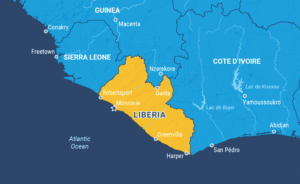Africa’s with Life Expectancy Divide: Countries with the Lowest/Highest Life Expectancy and the Politics of Progress
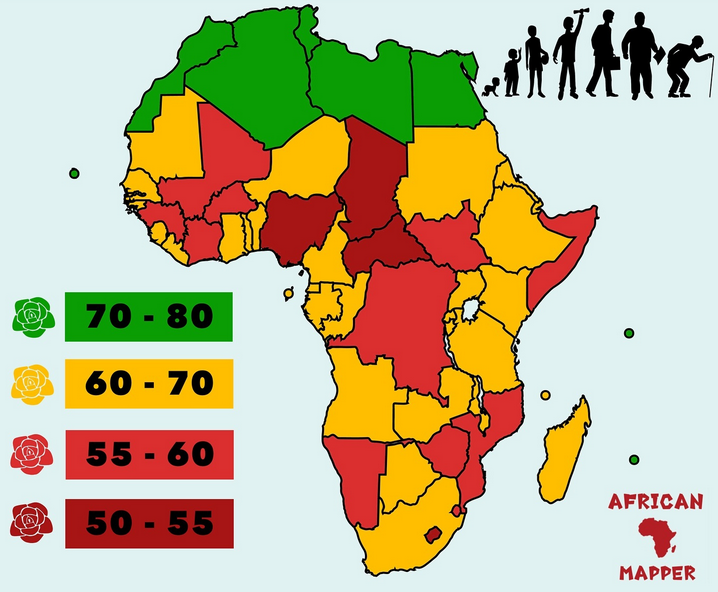
In 2025, the African continent stands at a remarkable point where vibrant youthfulness meets the quiet urgency of survival. While nations like Tunisia, Algeria, and Cabo Verde boast life expectancies nearing 77 years, much of the continent continues to grapple with the stark realities of fragile health systems and poverty that still shorten too many lives. To millions across Africa, life expectancy has beyond being numbers age to a mirror reflecting the continent’s uneven journey through health-progress, wellness, policy support and perseverance.
At the top of the list, Tunisia, Algeria and Cabo Verde have emerged as Africa’s quiet longevity champions. Stronger healthcare infrastructure, political stability and sustained investment in education and public health have pushed average life expectancy well above the continental average. Mauritius and Morocco are closely behind. These are nations that have used small size and strategic governance to punch above their demographic weight.
These islands and North African states share something in common. A commitment to universal healthcare access, relatively higher living standards and a slower population growth rate compared to sub-Saharan Africa. Together, they offer a glimpse into what an aging yet healthy Africa could look like. A rarity on a continent where the median age is still just 19.
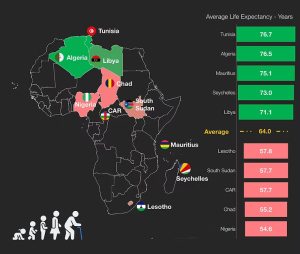
Africa’s youthfulness remains both its greatest asset and its heaviest burden. With a population of over 1.48 billion people in 2023, outnumbering Europe for the first time since the 1990s. The continent’s rapid growth has been both a source of dynamism and deep anxiety.
Nigeria, Africa’s demographic giant, now houses over 235 million people and could swell past 375 million by 2050, making it the third-most populous country on Earth. Ethiopia, Egypt and the Democratic Republic of Congo follow closely, all nations struggling to translate demographic power into social and economic prosperity.
But while these figures tell a story of expansion, they also hint at a ticking clock. A young, fast-growing population needs education, jobs and healthcare; and many African governments are racing against time to deliver them, as such longevity is at risk in some of these nations.
Africa remains the most fertile region in the world, with an average of four children per woman. High fertility, in part driven by cultural norms and limited access to family planning, fuels population growth even as governments push for development.
Yet, in many countries, this demographic boom is colliding with fragile health systems and limited economic opportunities. Respiratory infections, malaria and maternal complications continue to claim lives that in other parts of the world, would be easily saved. On average, men in Africa live to 62 years and women to 66, figures that remain the lowest globally.
Behind the statistics lies a deeper political story, accounts about the uneven fruits of growth. Around 430 million Africans still live in extreme poverty, surviving on less than $2.15 a day. Nigeria and the Democratic Republic of Congo, are two of the continent’s most resource-rich nations and also house the world’s largest numbers of people living in extreme deprivation.
The COVID-19 pandemic pushed millions more into hardship, exposing deep cracks in health and social safety systems. Yet, there is hope on the horizon. Forecasts suggest that extreme poverty could fall to just 1.7 percent by 2065 if current development trajectories hold transformation that could radically reshape African lives and longevity.
Life expectancy, then is about healthcare governance, equity and dignity. It is about whether a child born in Lagos, Dakar, or Addis Ababa will live long enough to see the benefits of Africa’s much-heralded rise.
As nations across the continent push toward universal health coverage, invest in women’s education and seek political stability, Africa’s story is no longer just one of survival, but of potential that is marking a turning point growth and a healthier continent.


